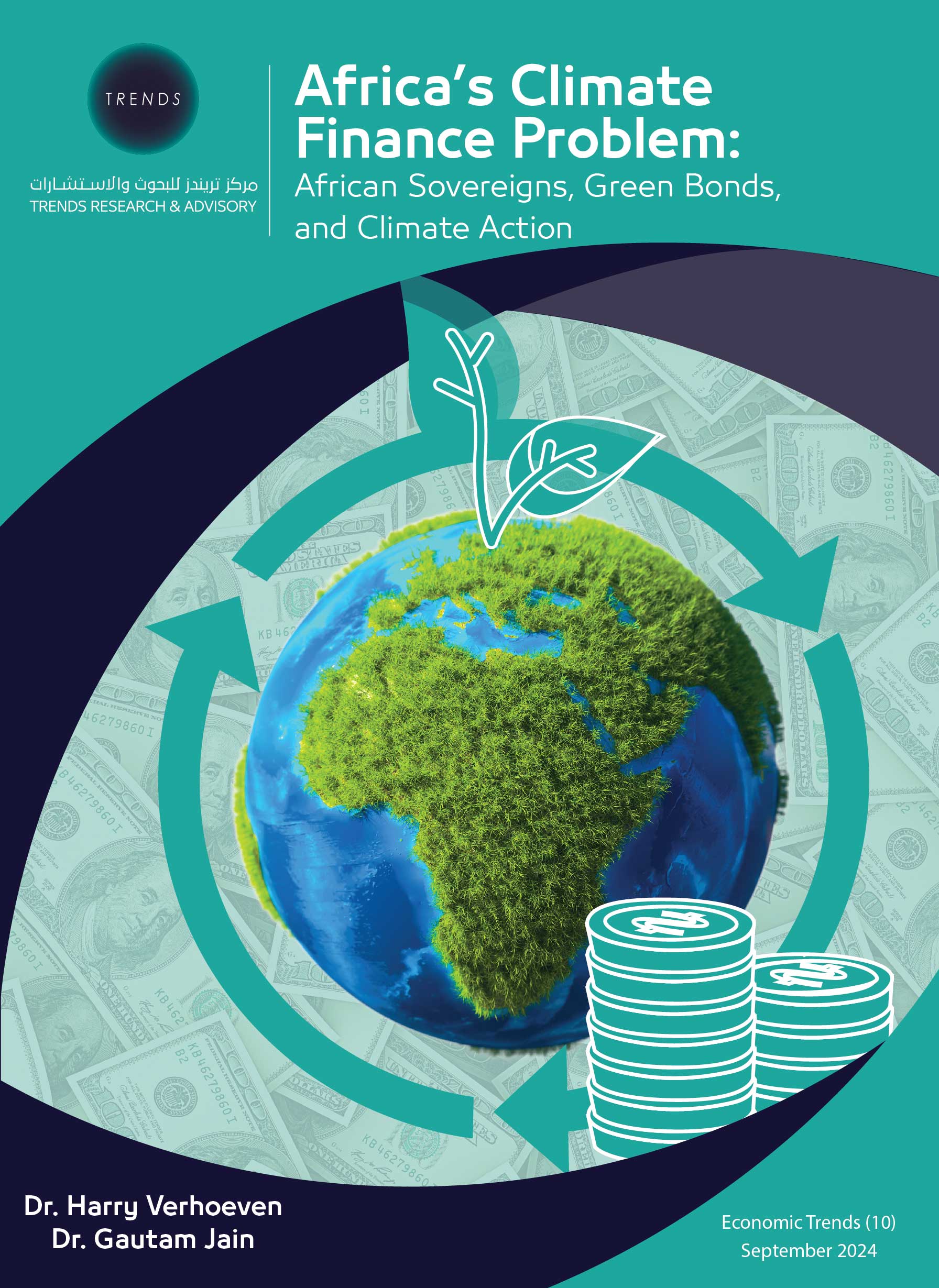Africa is the continent that bears the least responsibility for accumulated historical levels of greenhouse gas emissions by human activity, yet it is on the receiving end of some of the most devastating impacts of climate change. These include sea-level increases for African island states of circa 5 millimeters per year and the crumbling of thousands of miles of West African coastline from Mauritania to Cameroon, with damages for economic powerhouses such as Côte d’Ivoire totaling approximately 5 percent of GDP. Six successive failed rainy seasons have caused the death of more than 13 million heads of livestock in the last two years in the Horn of Africa, as well as contributed to the starvation of hundreds of thousands of Ethiopians, Kenyans, and Somalis. Deadly heatwaves have lashed Western and Sahelian Africa, overwhelming hospitals and mortuaries in 2024. In Southern Africa, the future of hydropower and long-standing agricultural practices is threatened by protracted droughts that have shrunken reservoirs to a fraction of what is needed for electricity generation and water supply. The list of acute catastrophes and structural changes threatening the continent is long, but the bottom line is clear: Africa’s climate challenges are huge, and its investment needs with regard to climate action are at once urgent and massive.
At this time of growing dislocation and uncertainty, one key constraint to building greater resilience to climatic shocks and shifts is that available capital remains all too scarce. Financing estimates vary, but the United Nations Framework Convention on Climate Change (UNFCCC) has calculated the cost for Africa of implementing existing Nationally Determined Contributions from the Paris Agreement at $2.5 trillion by 2030. The African Development Bank (AfDB) even projects that $3 trillion in cumulative climate finance will be required. This is a huge sum of money, roughly the size of the continent’s gross domestic product in 2022.
External resource mobilization has been disappointing. Granted, overseas development assistance (ODA) by member states of the Organisation for Economic Co-operation and Development (OECD) reached all-time highs of $204 billion in 2022 and $223 billion in 2023. However, this was significantly due to Covid-19 expenses and unprecedented levels of in-donor refugee costs, which do not benefit the states from which people fled yet are earmarked as aid funds. The extra OECD support is in large part a function of the Russia-Ukraine conflict, with net ODA to Ukrainians representing a whopping 7.8% of aid spending in 2022. Assistance with climate priorities, especially to Africa, continues to sorely lag behind international promises dating back to the 2009 UNFCCC Conference of Parties (COP) meeting in Copenhagen when wealthy countries first vowed to mobilize $100 billion annually in public and private funding for mitigation and adaptation in developing economies. This target of $100 billion per annum was not met for over a decade, though the OECD has recently argued that for the first time this goal might now have been reached.





